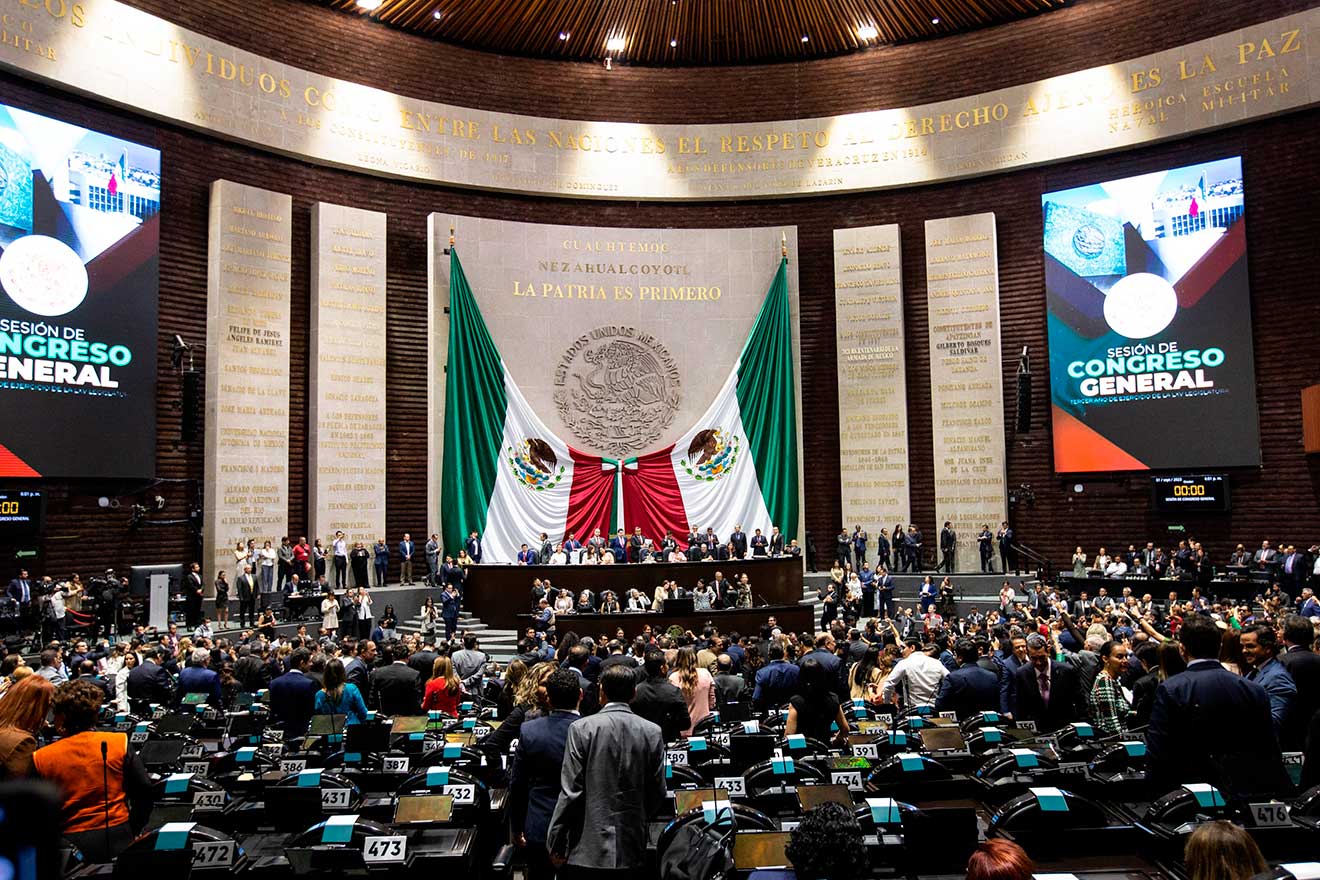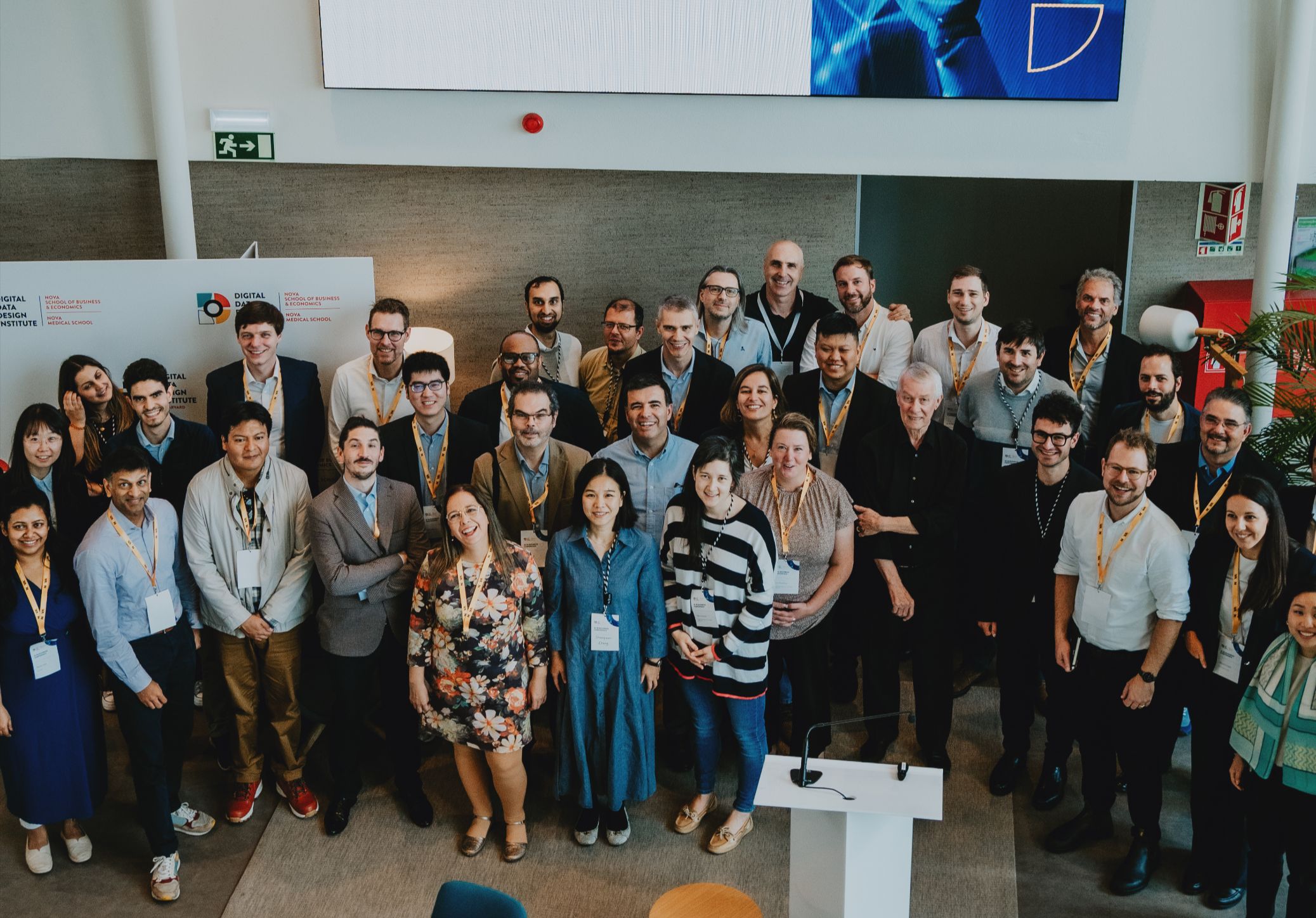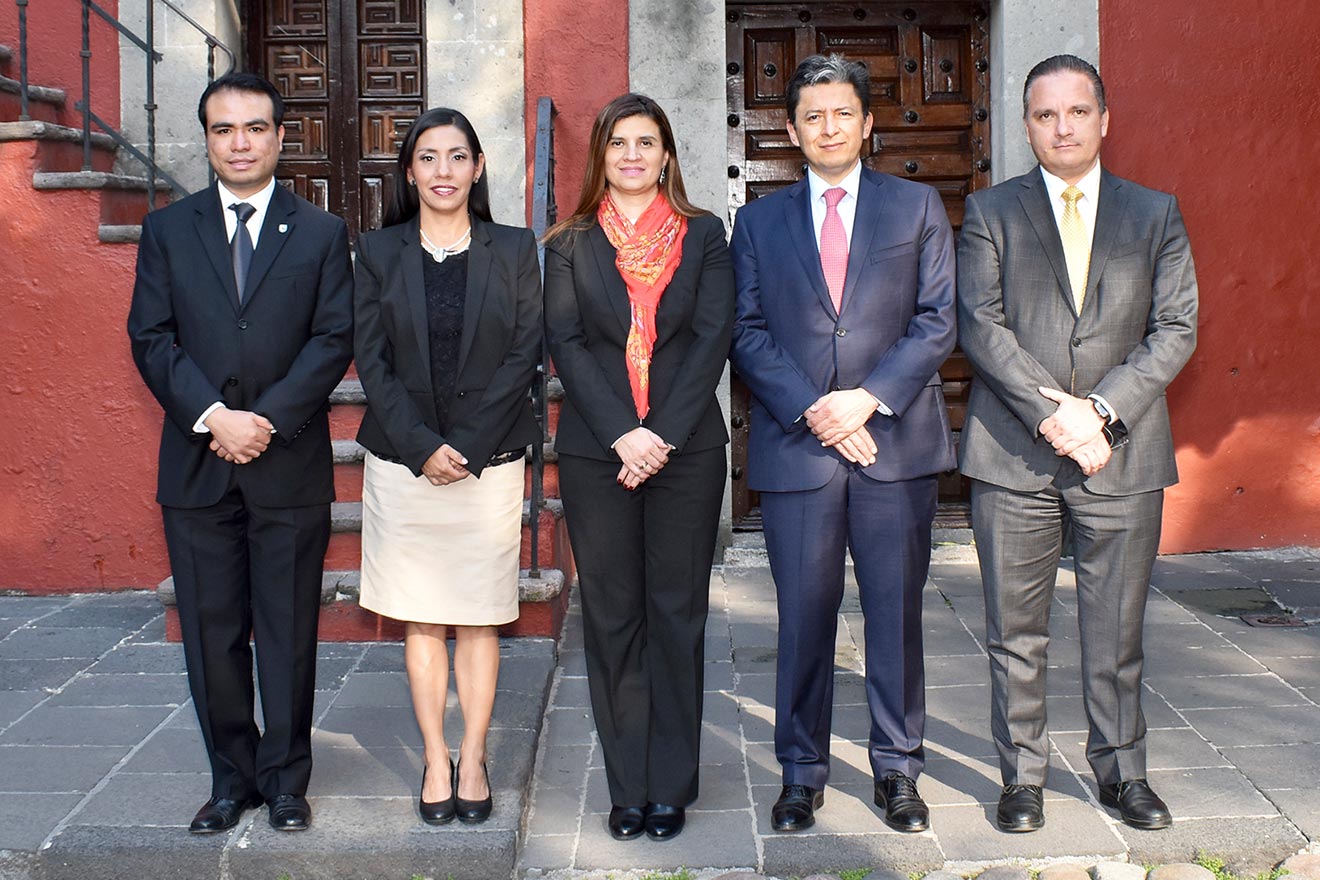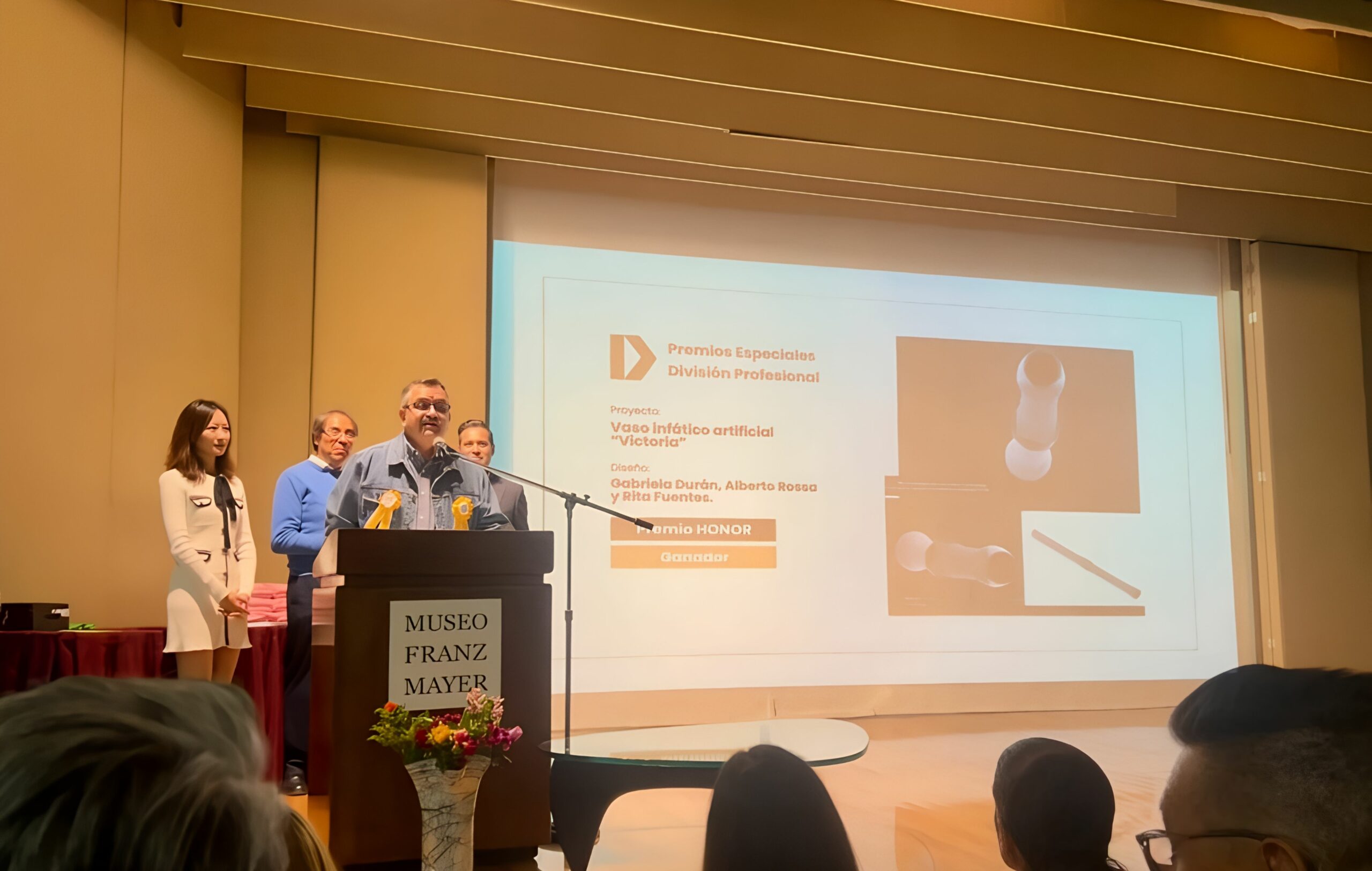Mexico City, February 27, 2025 – In an effort to understand the preferences of consumers of Mexican distillates such as mezcal and tequila, researchers at Universidad Panamericana, Mexico City campus are using machine learning tools to figure out behavioral patterns and preferences.
The Prediction of consumer characteristics of Mexican distilled beverages through machine learning tools project seeks to identify key factors that influence the perception and liking of these spirits, providing strategic information for the industry.
This is a study by a multidisciplinary team from Universidad Panamericana, Mexico City campus, including Dr. Claudia Ariadna Acero Ortega, research professor at ESDAI School of Hospitality; Dr. Antonieta Martínez Velasco, research professor at the School of Engineering; and Dr. Sergio Erick García Barrón, post-doctoral researcher with ESDAI.
Innovative approach to understanding consumers
The project arose from the need to study sensory and hedonic aspects (related to the level of liking) of Mexican distillates, which have not been exhaustively addressed in previous research.
Unlike most studies focused on the chemical composition, fermentation processes and authenticity of spirits, this research focuses on sensory analysis and consumer preferences, incorporating variables such as product experience, age, income and geographic location.
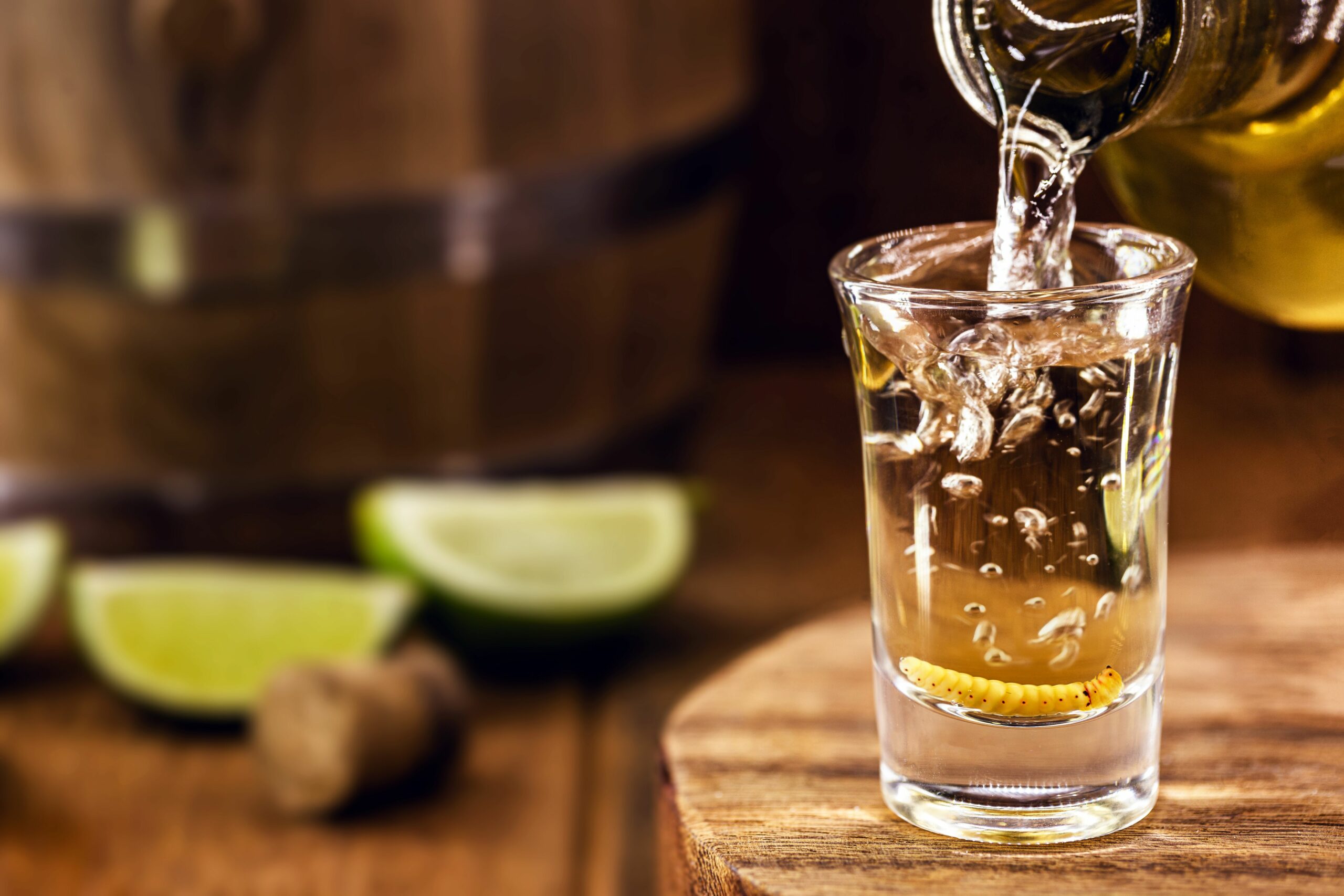
“The Mexican distilled spirits industry has grown significantly in recent years, especially in the international market, so it is critical to understand what factors influence the level of consumer liking,” explains Dr. Claudia Acero.

Importance of the distillates industry in Mexico
The distillates and spirits industry in Mexico is a very important economic sector. According to data from the National Chamber of the Transformation Industry (CANACINTRA), in 2024 it will reach a market value of 3.4 billion dollars.
This growth has been driven largely by the growing demand for artisanal products such as mezcal, tequila and raicilla, beverages that have gained popularity both domestically and abroad.
“These beverages not only have economic value, but also cultural value. Therefore, it is important to understand what factors influence its consumption and how consumers perceive its taste and quality,” said Dr. Sergio García.

Machine learning to analyze consumer behavior
For this study, the researchers collected data through questionnaires, which were subjected to a cleaning and validation process. Subsequently, unsupervised machine learning techniques were applied to identify patterns and group consumers according to their similarities.
“Unsupervised learning allowed us to detect common characteristics among consumers, such as their experience with the product, age, income level, place of residence and educational level,” explained Dr. Antonieta Martínez.
Who are the consumers of Mexican distillates?
Among the most relevant findings of the study, it was found that consumers of Mexican distilled spirits tend to be in the 18-24 age range. Additionally, the experience with the product, i.e., the length of time they have been consuming these beverages, is a determining factor in their level of liking.

The study also considered consumption in four key cities: Mexico City, Durango, Guadalajara and Oaxaca. Mexico City stood out as the city with the highest consumption of mezcal, while Oaxaca, being the main producer of this beverage, showed significant consumption but with different patterns.
Implications for industry and practical applications
The results of this study have important implications for the alcoholic beverages industry in Mexico. By better understanding consumers, companies will be able to design more effective marketing strategies tailored to the tastes and preferences of each segment.
“This study does not seek to generate market strategies directly, but rather to provide valuable information that serves as a basis for companies to develop their own strategies,” Dr. Acero Ortega emphasized.
UP: a space for multidisciplinary research
This research is an example of Universidad Panamericana’s commitment to innovation and a multidisciplinary approach, integrating experts in microbiology, consumer sciences, sensory evaluation and machine learning.
“Multidisciplinary research does not dilute individual approaches, but rather complements them, enriching the results of the research process,” stated Dr. Martinez Velasco.
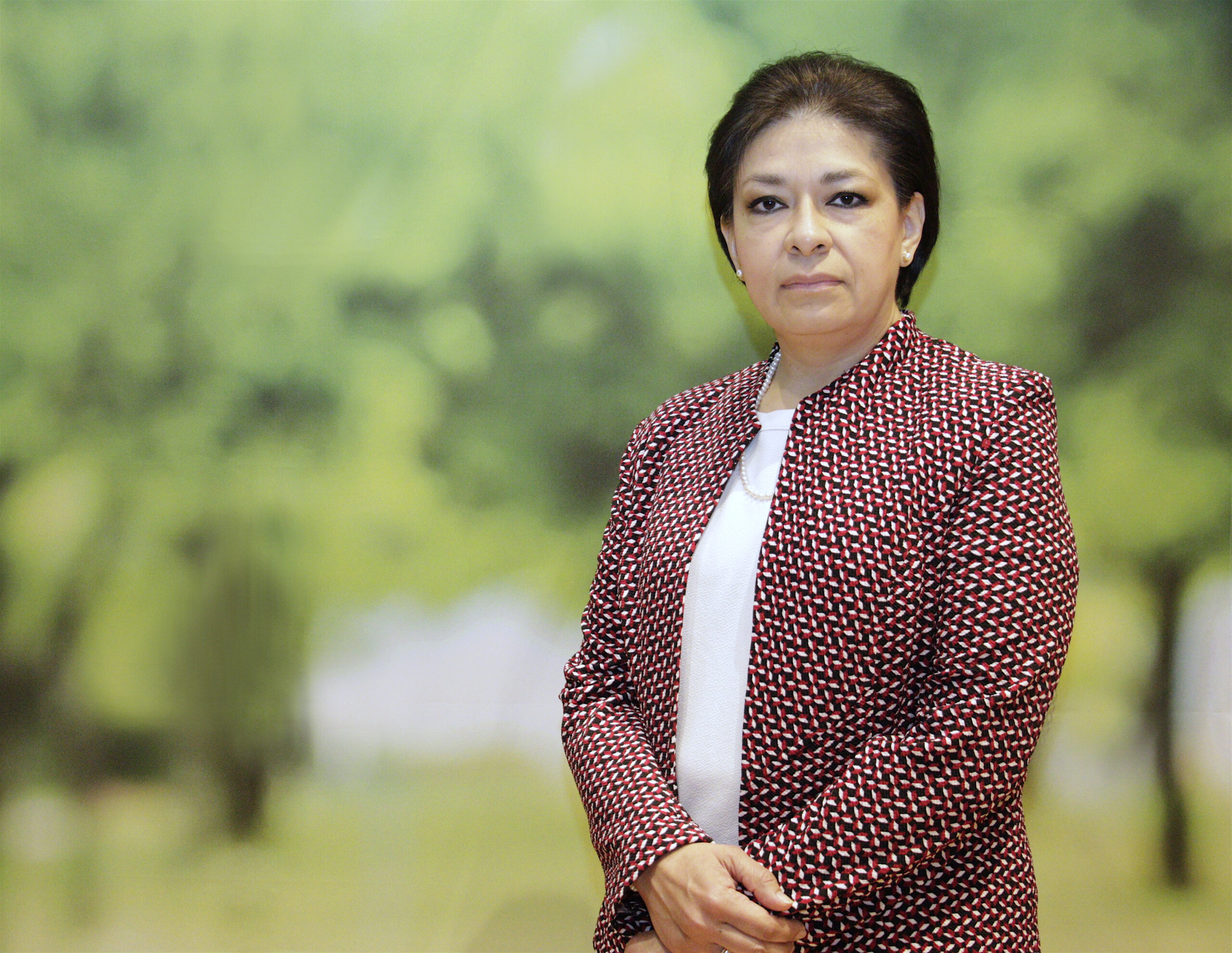
Likewise, the team has requested the support of Universidad Panamericana for the presentation of the results at the VI Congress of the Spanish Association of Sensory Analysis Professionals (AEPAS), to be held in June of this year in Lugo, Spain. Such support will be provided once the acceptance of the paper is confirmed by the organizing committee of the congress.
“We invite all members of our community to be encouraged to undertake research work involving people from different areas of knowledge. This not only enriches the projects, but also opens up new opportunities to solve complex problems,” concluded the researchers.
This project not only contributes to the understanding of Mexican distilled spirits consumer behavior, but also positions Universidad Panamericana as a leading institution in applied and multidisciplinary research.
Learn more about what Universidad Panamericana is doing in Research at: https://www.up.edu.mx/investigacion-noticias/



